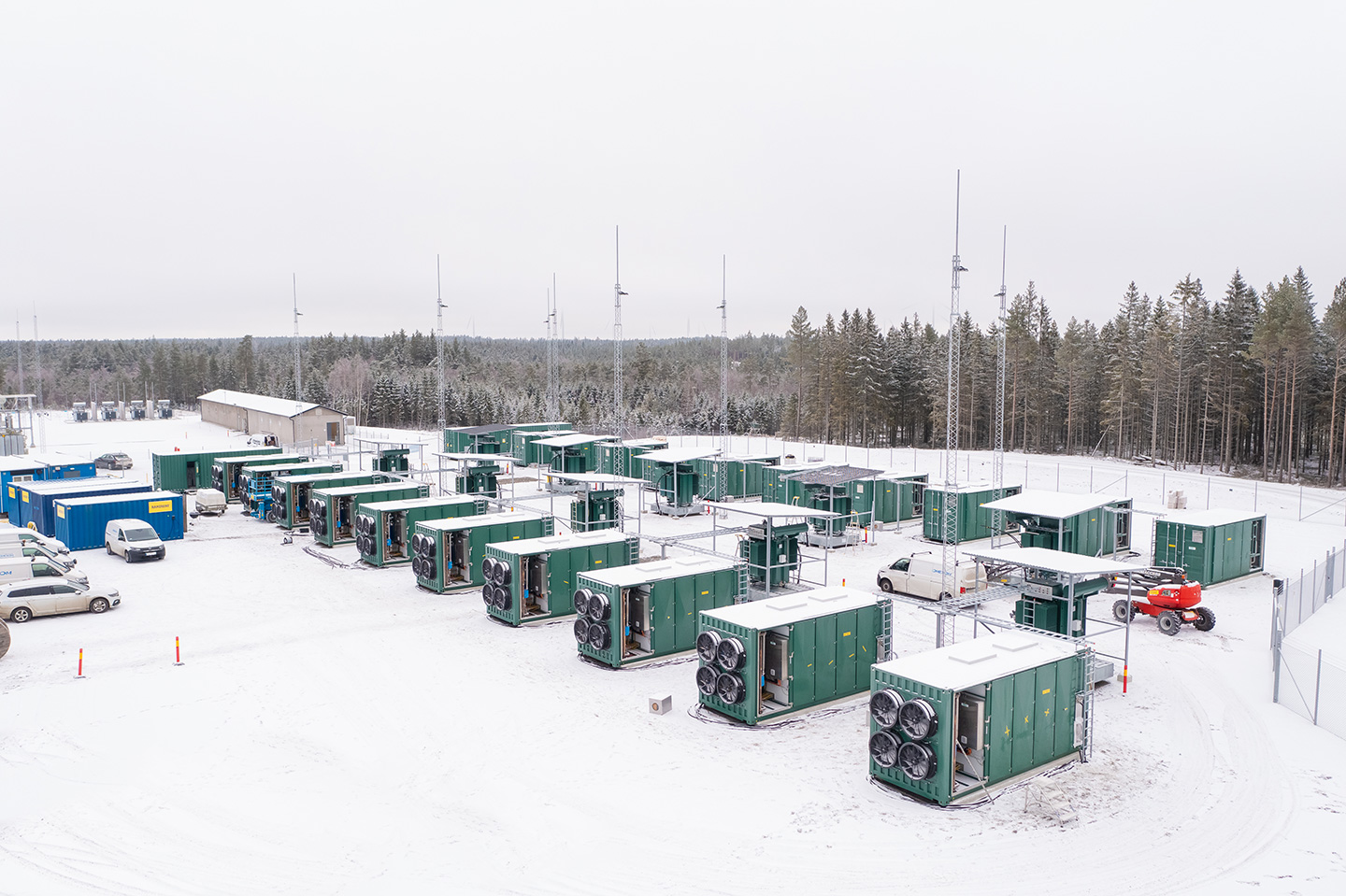Op-ed published in Dagens Industri, 17 Jan 2025: “New nuclear power has been promoted as an indispensable part of addressing the future challenges of the electricity system. However, the Swedish government’s investigation into the financing of new nuclear power overlooks one of the world’s fastest-growing solutions for electricity supply security. A solution that not only outperforms nuclear power in reducing volatility and lowering electricity prices but does so at a much lower cost,” writes Flower’s founder and CEO John Diklev together with representatives from the Swedish wind power, solar power and energy storage industry.
Download and read Flower’s consultation response to the Swedish government's
investigation into the financing of new nuclear power (in Swedish).
/https%3A%2F%2Fwww.flower.se%2Fwp-content%2Fuploads%2F2025%2F01%2FNuclear-John.jpg)
“The Swedish government’s investigation into the financing of new new nuclear power has been questioned by several stakeholders. Perhaps the most troubling aspect is its failure to consider the alternatives, including energy storage and optimization services, which are central to accelerating and advancing the renewable energy transition. Instead, this flourishing industry has on several occasions been overlooked as “technology that doesn’t yet exist.”
Nuclear power has been highlighted as a solution for stabilizing the electricity system, said to contribute to more consistent production than renewable energy sources. However, the Swedish government’s investigation only compares nuclear power to wind energy, ignoring the broader renewable energy ecosystem. Solar power, hydropower, power electronics, turbines, and especially energy storage and flexibility will all play a role in the energy system of tomorrow. Large-scale battery storage, in particular, effectively ensures low volatility.
Today, these battery systems are proliferating across Sweden and already represent combined capacity greater than a single nuclear reactor. Batteries support the electricity system by storing excess energy during surplus periods and releasing it during shortages, reducing volatility, minimizing risks of negative prices, and ultimately lowering electricity costs – key concerns in the debate over renewables.

Flower’s 42,5 MW BESS in Bredhälla, Sweden.
The government’s investigation assumes a massive increase in electricity consumption. Yet, analyses vary on whether society’s energy demand will actually grow. Swedish consumers are becoming more efficient in their usage, with renewable energy sources supported by batteries already contributing to this trend. The rapid expansion of renewable infrastructure has also driven the adoption of innovative software technologies to optimize renewables. These technologies, already in widespread use, enhance efficiency by reducing grid bottlenecks and enabling renewable energy providers to access additional revenue streams, increasing investment in the sector.
The cost estimates in the Swedish government’s calculations have already been widely challenged. How do batteries, renewables, and optimization solutions compare?
Like all critical infrastructure, wind and solar farms and large-scale batteries require capital investment. The difference is that these technologies exist now and are evolving rapidly, driving costs down. According to the International Energy Agency (IEA), the cost of batteries has fallen by 90% globally since 2010, with further reductions expected. The same thing goes for solar power, which has become the cheapest energy source worldwide in just a few years.
Investments in large-scale batteries are primarily driven by private capital, without subsidies. The Swedish TSO Svenska kraftnät has already saved 2 billion SEK in its ancillary services budget, savings that Swedish consumers will soon see reflected in their electricity bills. Batteries are simple and modular to build, with individual units replaceable when their capacity declines. Using today’s advanced optimization software, the production and consumption of renewable energy sources and batteries can be further streamlined, strengthening the entire value chain and reducing societal costs.
To build a reliable and secure energy system, the government must evaluate where Sweden’s future energy should come from, how it can be optimized and made efficient, and how the costs of producing the energy can be minimized. By leveraging the innovative, future-proof technologies already available and primarily focusing on efficiency over capacity, we can ensure a stable and competitive energy supply for Sweden in both the short and long term.
In September, the Swedish Prime Minister Ulf Kristersson wrote in Dagens Nyheter asking how Sweden, without nuclear power, could secure enough stable, fossil-free electricity for the green transition.
The answer is closer than he thinks.”
—
Written by:
John Diklev, founder and CEO at Flower
Co-written by:
Daniel Badman, CEO at the Swedish Wind Energy Association
Madeleine Van Der Veer, Network Leader at Nätverket för Solparker
Per Langer, CEO at Polar Energy Solutions
Marco Berggren, CEO at Recap Energy